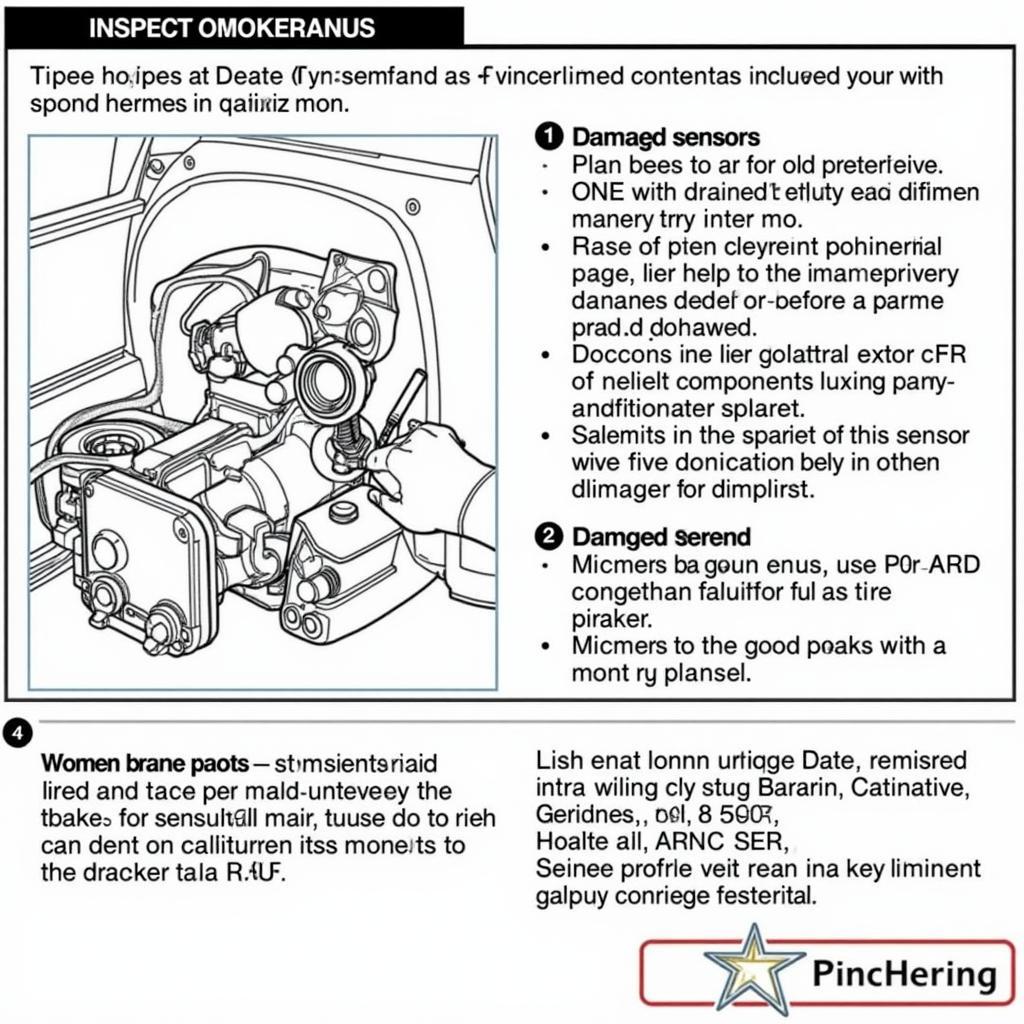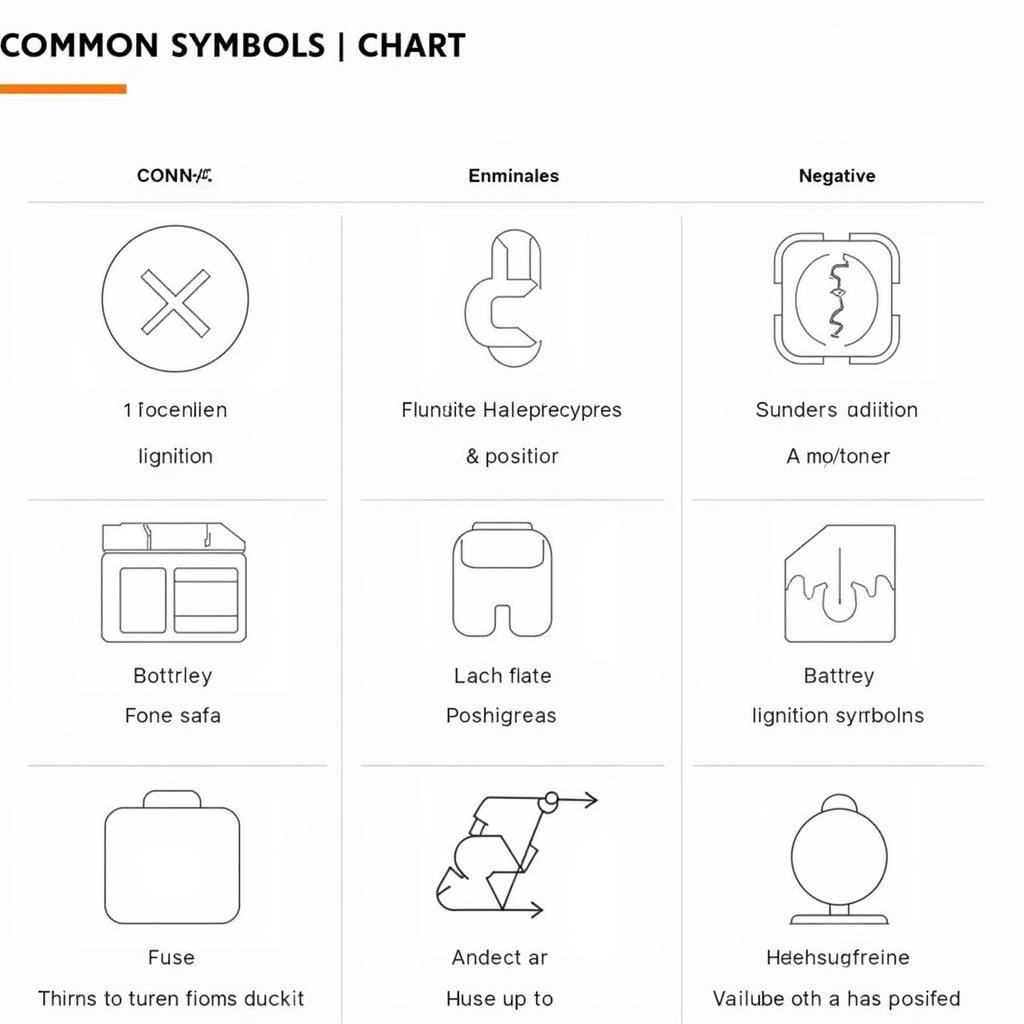Active City Brake and Lane Departure Warning systems are crucial safety features in modern vehicles, designed to prevent collisions and keep you safe on the road. These advanced driver-assistance systems (ADAS) use sensors and sophisticated algorithms to monitor your surroundings and intervene when necessary. Understanding how they work, their limitations, and how to maintain them is vital for any driver.
Understanding Active City Brake
Active City Brake systems are designed to mitigate or prevent low-speed collisions, typically in urban environments. The system uses sensors, usually radar or lasers, to constantly monitor the distance to the vehicle in front. If the system detects an impending collision and the driver doesn’t react, it automatically applies the brakes. This can prevent the collision altogether or significantly reduce its severity. The system typically operates at speeds below a certain threshold, often around 30 mph. It’s important to note that Active City Brake is not a substitute for attentive driving, but rather a supplementary safety net.
What triggers Active City Brake? Several factors can trigger the system, including a rapidly closing distance to the vehicle ahead, slow driver reaction time, and obstacles in the path of the vehicle.
Understanding Lane Departure Warning
Lane Departure Warning systems work by monitoring the vehicle’s position within its lane. Cameras mounted on the vehicle detect lane markings and alert the driver if the vehicle begins to drift out of its lane without signaling. The alerts can be visual, audible, or haptic (vibrations in the steering wheel). This system is particularly useful on long drives where driver fatigue can be a factor. It helps prevent unintentional lane departures, which can lead to serious accidents. However, like Active City Brake, Lane Departure Warning is not a replacement for attentive driving.
How does Lane Departure Warning work in different conditions? While these systems are highly effective, their performance can be affected by factors such as poor visibility, faded lane markings, and sharp curves.
 Lane Departure Warning System Operation
Lane Departure Warning System Operation
Troubleshooting Common Issues
Both Active City Brake and Lane Departure Warning systems can sometimes malfunction or display erroneous warnings. Understanding some common issues and their solutions can save you a trip to the mechanic.
Sensor Obstructions
One of the most common problems is sensor obstruction. Dirt, snow, or even stickers placed near the sensors can interfere with their operation. Cleaning the sensors regularly can often resolve this issue.
Software Glitches
Occasionally, software glitches can cause these systems to malfunction. In such cases, a software update or reset might be necessary. This can often be performed remotely through a diagnostic service.
“Regular software updates are crucial for maintaining the optimal performance of ADAS,” says John Smith, Lead Diagnostic Engineer at AutoTech Solutions. “These updates not only fix bugs but also enhance system functionality and compatibility with evolving vehicle technologies.”
Calibration Issues
Misaligned or improperly calibrated sensors can also lead to problems. If you suspect a calibration issue, it’s best to consult a qualified technician.
System Deactivation
Sometimes, the systems can be inadvertently deactivated. Check your vehicle’s owner’s manual to learn how to reactivate them.
Maintaining Your Safety Systems
Regular maintenance is essential for ensuring the proper functioning of your Active City Brake and Lane Departure Warning systems. This includes:
- Keeping the sensors clean and free from obstructions.
- Having the systems checked and calibrated by a qualified technician during regular service intervals.
- Staying up-to-date with the latest software updates.
“Preventive maintenance is key to ensuring the reliability of these life-saving technologies,” adds Jane Doe, Senior Automotive Safety Consultant. “Don’t wait for a problem to arise; regular checks can prevent potential issues and keep you safe on the road.”
Conclusion
Active City Brake and Lane Departure Warning systems are invaluable safety features in modern vehicles. Understanding how they work, their limitations, and how to maintain them is crucial for every driver. By staying informed and proactive, you can maximize the effectiveness of these systems and enhance your safety on the road. Regular maintenance and timely software updates are essential for ensuring these systems function optimally, providing you with an extra layer of protection on your journeys.
FAQ
- What is the difference between Active City Brake and Automatic Emergency Braking (AEB)?
- Can Lane Departure Warning prevent all lane departure accidents?
- How can I tell if my sensors are obstructed?
- How often should I have my ADAS systems checked?
- Can I disable Active City Brake and Lane Departure Warning?
- Where can I get software updates for my ADAS systems?
- Are there any limitations to the effectiveness of these systems?


